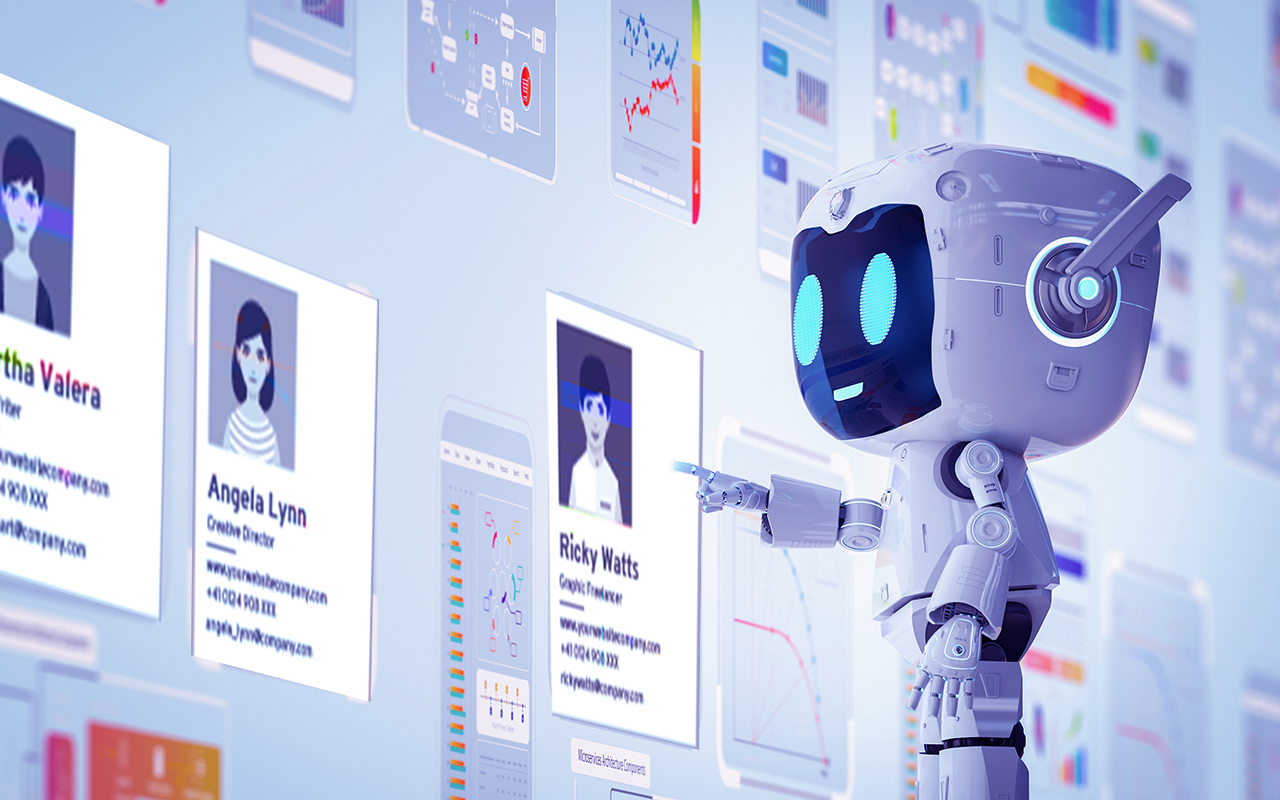- Published:
- Reading time: 8 minutes
Generative AI is revolutionizing industries, offering unparalleled automation, predictive insights, and creative capabilities. From business intelligence to content creation, AI-driven tools streamline workflows and enhance productivity. However, trusting AI blindly comes with serious risks—hallucinations, data privacy breaches, and algorithmic biases can lead to misinformed decisions, compliance failures, and reputational damage.
AI is only as good as its training data, which means errors, biases, and security vulnerabilities are inevitable. Companies that fail to address these risks expose themselves to operational inefficiencies, legal ramifications, and a loss of consumer trust.
In this article, we explore the three most pressing risks of AI—hallucinations, bias, and data privacy—and what businesses must do to mitigate them.
1. When AI Hallucinates: The Cost of Misinformation
AI hallucinations aren’t just minor glitches—they are business liabilities waiting to happen. AI hallucination occurs when a model generates false, misleading, or entirely fabricated information yet presents it as fact. The implications range from mildly embarrassing to legally disastrous.
Example: Google’s AI-Powered Search Engine Misleads Users
Google’s AI-powered search feature once advised users to eat rocks for health benefits, a hallucination that went viral for all the wrong reasons. While amusing on the surface, imagine if an AI-generated health assistant recommended unsafe medication dosages or a financial AI bot gave false investment advice. The risks are real, and they can be catastrophic.
- Misinformed decision-making—flawed data leads to bad business strategies.
- Customer trust erosion—once customers see an AI making mistakes, credibility is gone.
- Legal repercussions—false claims, financial losses, and misinformation lawsuits.
- AI shouldn’t make critical decisions alone—human oversight is non-negotiable.
- Businesses must continuously test AI outputs for accuracy and reliability.
- Deploy AI in areas where the cost of errors is minimal, and keep high-risk areas human-led.
2. AI Bias: The Silent Threat That Can Destroy Brand Reputation
AI bias is a direct reflection of the data it’s trained on—and that’s exactly where the problem lies. If historical data contains racial, gender, or economic biases, AI will amplify them rather than correct them.
Example: Amazon’s Hiring Algorithm Discriminates Against Women
Amazon once trained an AI model to automate hiring decisions, only to find out that it penalized female applicants for technical roles. The AI learned from a decade’s worth of biased hiring data, which favored male candidates—proving that AI isn’t immune to societal prejudices.
- Legal liabilities—discriminatory AI models could lead to lawsuits and regulatory fines.
- Loss of customer trust—consumers expect fairness, and AI bias contradicts that expectation.
- Missed opportunities—biased AI may overlook high-potential candidates, customers, or market segments.
- Train AI with diverse, representative datasets.
- Conduct regular bias audits to identify and eliminate skewed patterns.
- Use AI fairness tools to detect discriminatory behavior in real-time.
3. AI and Data Privacy: A Security Risk That Can’t Be Ignored
AI relies on vast amounts of personal and corporate data—but without strong security measures, that data becomes a ticking time bomb.
Example: Samsung Employees Accidentally Leak Confidential Data to ChatGPT
Samsung engineers once fed ChatGPT proprietary source code, unknowingly exposing internal secrets to OpenAI’s training data. This incident highlights an urgent issue—what happens when AI retains and redistributes confidential information?
- AI models can memorize and expose sensitive data in future outputs.
- Regulatory fines for mishandling personal data under GDPR, CCPA, and HIPAA.
- Cybercriminals are now targeting AI models to extract confidential information.
- Use privacy-preserving AI techniques like encryption and differential privacy.
- Limit AI’s access to sensitive data and apply strict data governance policies.
- Conduct frequent compliance checks to ensure AI meets regulatory standards.
Conclusion: AI Is Powerful, But It Needs Guardrails
AI is an incredible tool for automation, intelligence, and efficiency, but it’s not infallible. The risks of AI hallucinations, bias, and data privacy breaches are real—and businesses must be proactive in addressing them.
What’s your take? Have you seen AI hallucinations or bias in action? Drop your thoughts in the comments!
Written by:





